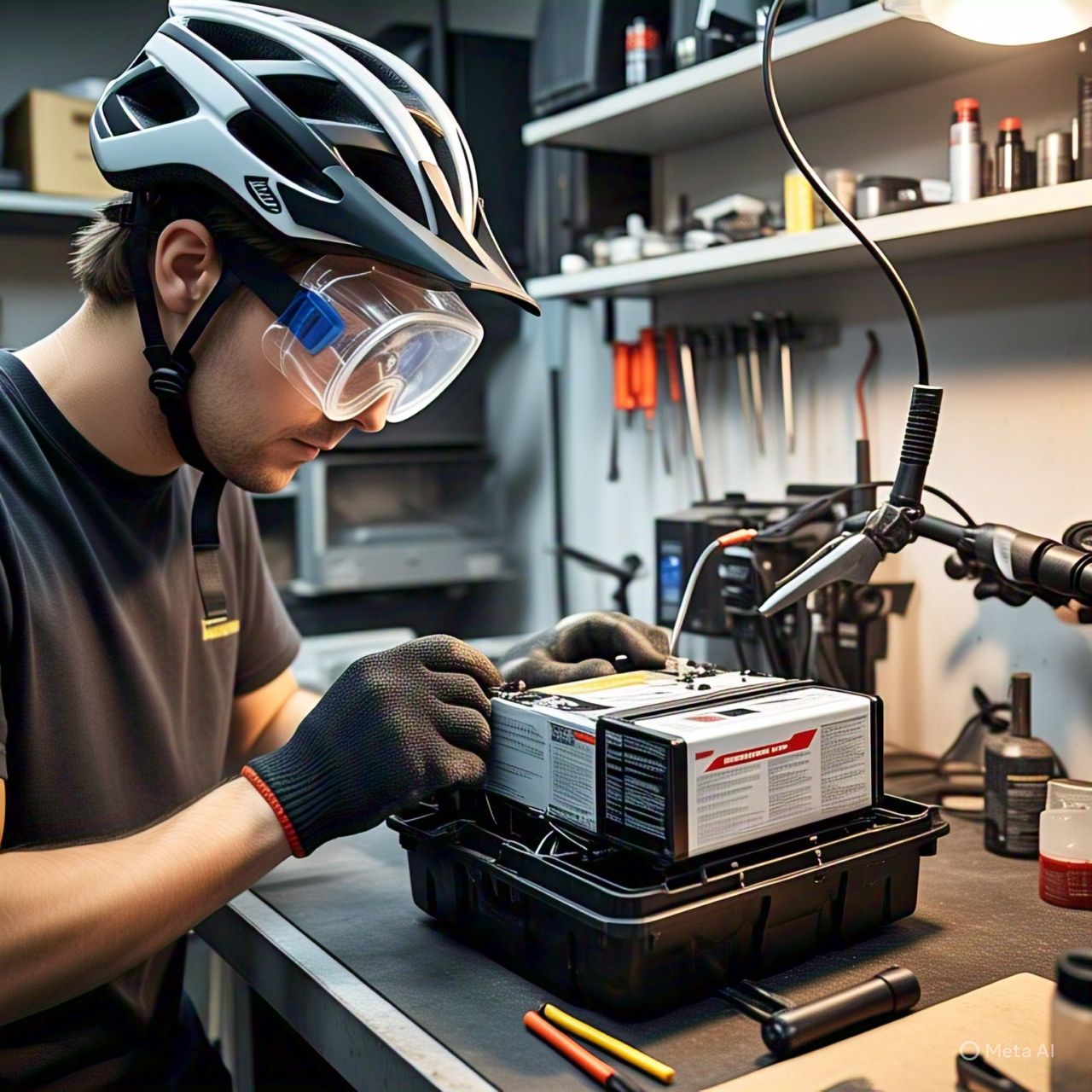Electric Bike Battery Maintenance: How to Extend Your E-Bike Range and Lifespan

Electric bikes have revolutionized modern commuting and recreational cycling by providing a sustainable, efficient, and enjoyable riding experience. But at the core of every e-bike lies one essential component—the battery. Whether you’re using your e-bike for daily commutes or weekend adventures, maintaining the battery properly is critical for long-term performance and maximum range.
In this post, we’ll walk you through the essential principles of electric bike battery maintenance, covering everything from charging habits to storage, cleaning, and long-term care. Proper maintenance not only extends your battery’s life but also helps you get the most out of every charge—saving time, money, and frustration.
Why Electric Bike Battery Maintenance Matters
An electric bike battery, typically lithium-ion, has a lifespan measured in charge cycles (usually 500–1000 full cycles). Poor charging habits, extreme temperatures, and neglect can dramatically reduce this lifespan. Fortunately, with consistent electric bike battery maintenance practices as highlighted below, you can preserve your battery’s health and boost the efficiency of your rides.
Charge Your Battery Properly
It’s a common myth that you should completely drain your battery before charging. In fact, lithium-ion batteries prefer partial discharges. Ideally, you should keep your battery charged between 20% and 80%. Avoid fully draining or keeping it at 100% for long periods. Always use the charger that comes with your e-bike. Third-party chargers may not match the voltage requirements and could damage the battery or reduce its efficiency over time. Electric bike batteries perform best at room temperature (between 15°C and 25°C). Charging your battery in extremely hot or cold conditions can harm the battery cells, leading to long-term degradation
Store the Battery Correctly
Storage conditions greatly affect battery health. Store your e-bike and battery in a place that is cool, dry, and away from direct sunlight. Avoid garages or sheds that experience extreme temperatures. If you’re storing your bike for more than a few weeks—during winter, for example—don’t store the battery fully charged or fully depleted. Aim for about 50% charge, and check it every couple of months to ensure it hasn’t dropped too low. If your e-bike allows it, remove the battery before long-term storage. This helps prevent accidental power drainage and protects both the bike and the battery.
Clean Your Electric Bike Battery With Care
Never immerse or directly spray your battery with water. Moisture and electronics are a dangerous mix. Use a soft, damp cloth to clean the battery casing and terminals.
After riding in dusty or wet conditions, clean the battery terminals and surrounding areas gently. Use a dry cloth to wipe away moisture and apply a small amount of dielectric grease if needed to protect from corrosion.
Avoid using alcohol, solvents, or other harsh cleaning agents. Stick to mild soap and water when cleaning areas around the battery (but never on the battery itself).
Be Mindful of Load and Usage
Hauling heavy cargo, using high-assist levels constantly, or climbing steep inclines regularly can put strain on the battery. When possible, switch to eco or low-power modes to conserve battery life. Accelerating gradually and maintaining a steady pace helps reduce energy demands. Sudden starts and stops drain your battery more quickly and may cause wear over time.
If your electric bike battery suddenly loses range, takes longer to charge, or gets hot during regular use, it could be a sign of internal issues. Don’t ignore these signs—consult your e-bike technician for a professional diagnosis.
Perform Regular Battery Inspections
Look for signs of swelling, cracks, or dents. Damaged batteries can be dangerous and should not be used. Always handle your battery with care to avoid drops or impacts.
If your battery starts taking longer than usual to charge or doesn’t hold a charge well, it may be nearing the end of its lifecycle. Track performance monthly and compare against your usage patterns.
Some e-bikes come with smart battery systems. If your e-bike brand provides firmware updates, make sure your system is always up to date for optimal performance and safety.
Bonus Tips for Extending Battery Range
- Use Pedal Assist Wisely: Don’t rely entirely on motor power. Combining pedalling with electric assistance conserves energy.
- Maintain Tire Pressure: Underinflated tires increase rolling resistance, making your battery work harder.
- Reduce Weight: Carry only necessary items. Every extra pound adds to the energy your battery must deliver.
- Plan Routes: Avoid stop-start traffic or steep hills if you want to maximize your range.
In conclusion, electric bike battery maintenance is not complicated—but it is crucial. With thoughtful care and attention to charging, storage, cleaning, and riding habits, you can dramatically extend your battery’s life and performance. Not only will you enjoy longer, more efficient rides, but you’ll also protect your investment for years to come.
Start implementing these best practices today, and take control of your e-bike’s performance, safety, and sustainability. You can also contact us for consultation on best practices.


